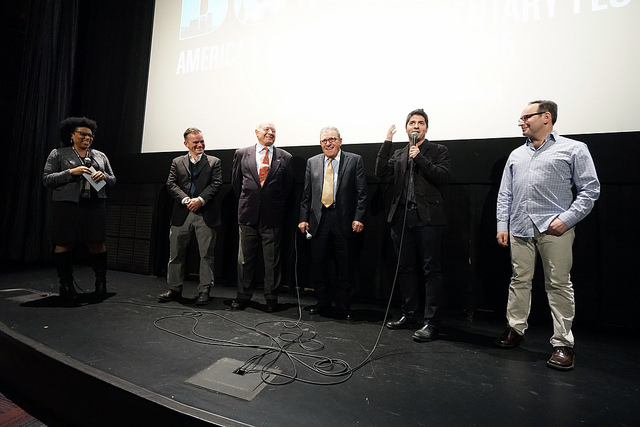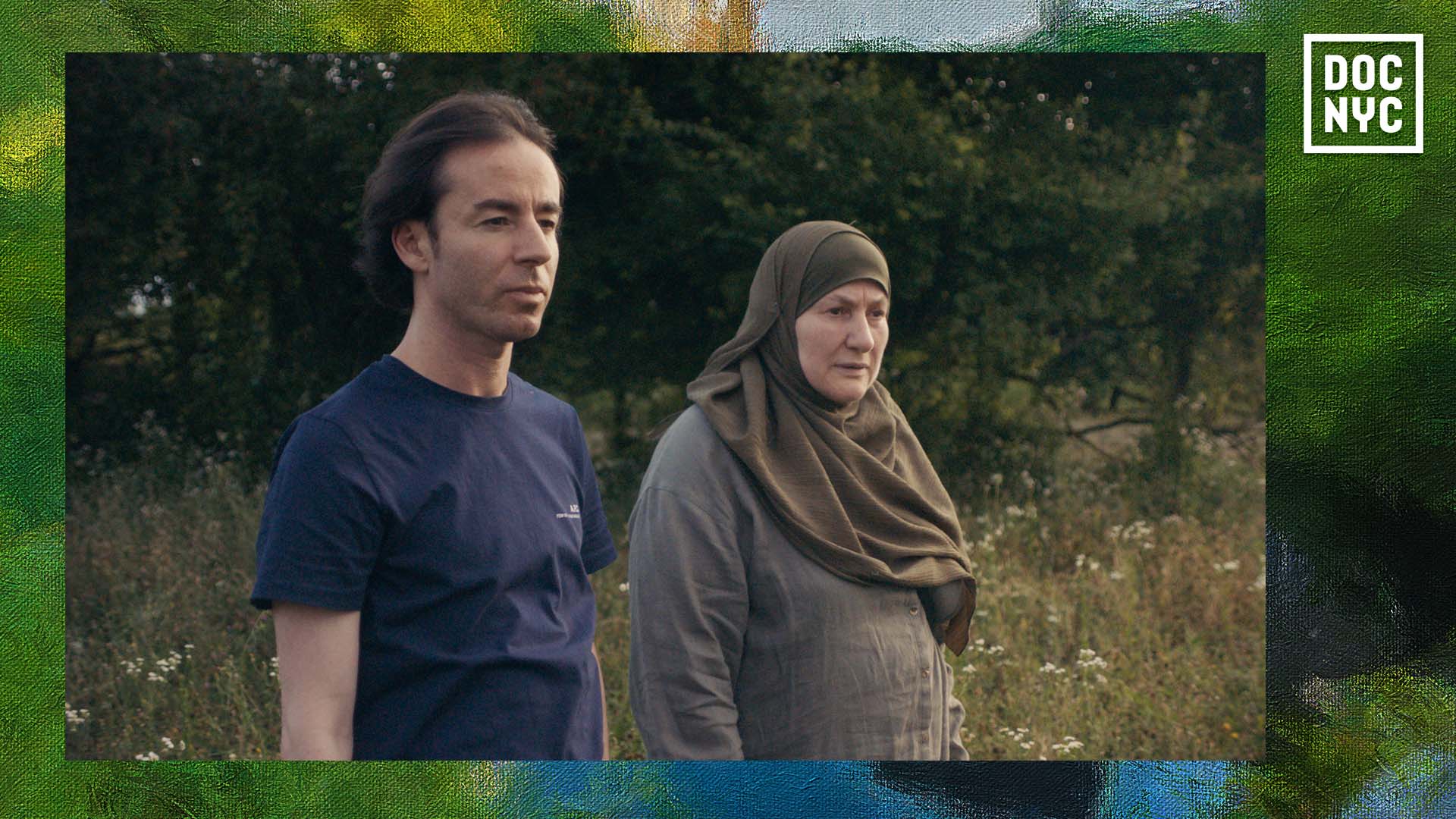The Aesthetics of Fine Dining 'The Missing Ingredient' explores what makes a resturant truly memorable


Written by Eugene Rosenberg
Tuesday night brought a packed house to Manhattan’s IFC Center for the world premiere of The Missing Ingredient from Canadian Director Michael Sparaga. This provocative culinary documentary contrasts two Midtown Italian eateries to ask a deceptively simple question: how does a restaurant evolve from merely being a successful business to become an iconic, legendary culinary institution – beloved for generations of diners both famous and nondescript? Where could this illusive ‘missing ingredient’ to restaurant immortality be found? Is it born in the kitchen and in the tasty meals it consistently produces? Does the front of the house staff provide a transcendent level of food service brilliance? Can simple longevity provide the path to iconic status? Or, as suggested by The Missing Ingredient, is true dining greatness also found hiding in the uniqueness of a dining establishment’s decor? This thoughtful documentary explores all of these possibilities and more, refusing to give a simple answer and challenging the audience to consider exactly what makes one restaurant grow into a true New York institution, while others remain simply well loved eateries.
Director/Producer Michael Sparaga spent over two years researching the now defunct Gino’s, chronicling its sixty-five year run as one of New York’s most legendary and beloved dining establishments. In a city rightfully famous for its ubiquitous Italian cuisine, Gino’s still stood out from a much-celebrated pack through its deliciously simply “secret” recipes, its fiercely loyal clientele of celebrities and gourmet aficionados, and perhaps most memorably for its unique zebra wallpaper. Indeed, so much is made of the zebra wallpaper in the film that at Tuesday night’s sold-out world premier Gino’s former co-owner Salvatore Doria proudly declared, “Our beloved zebra wallpaper is now the world’s sixth most famous wallpaper!” Apparently, its presence on Gino’s walls must have been a big reason for the restaurant’s decades of success, since The Missing Ingredient explores this bold and unusual décor choice for nearly half of its running time.
Gino’s instantly recognizable wallpaper also provides the documentary with its principal conflict. With Gino’s closing after 65 years of operation, the mantle of Midtown’s best Italian eatery appeared up for grabs five years ago. Here the film’s second subject, the popular (if not legendary) Italian bistro Pescatore, enters the narrative as something of an upstart seeking to capitalize on Gino’s passing. After two decades of success in the same neighborhood, Pescatore’s proprietor Charles Devigne decides to emulate Gino’s interior design by plastering his restaurant with a similar galloping zebra pattern, though in yellow not red. After agonizing over many other possible directions Devigne declared, “I knew it was time to remodel. So after lots of research and reviewing many proposals from my interior designer, I realized there was nothing I would rather have on my walls!”
This controversial decision elicits a voluminous chorus of critical responses and The Missing Ingredient gives voice to them all. From Gino’s former owners Michael Miele and Salvatore Doria to famed New Yorker restaurant critic Gael Greene, no opinion on Pescatore’s use of Gino’s wallpaper goes unheard and often these initial responses are further commented upon by the film’s subjects, as the affect of this decision plays itself out in Pescatore’s dining room. While ostensibly a small aesthetic consideration, the impact of Charles Devigne’s renovation demands the audience to seriously consider where an institution’s true greatness ultimately is found. If there really is a “missing ingredient” to culinary immortality perhaps it can only be heard if these walls could talk.
Eugene Rosenberg is a writer based in Uptown Manhattan who has taught English and performance at several institutions in New York City, and spent a decade consulting and publishing in Asia. His writing can be found at https://palmhandstories.wordpress.com/




